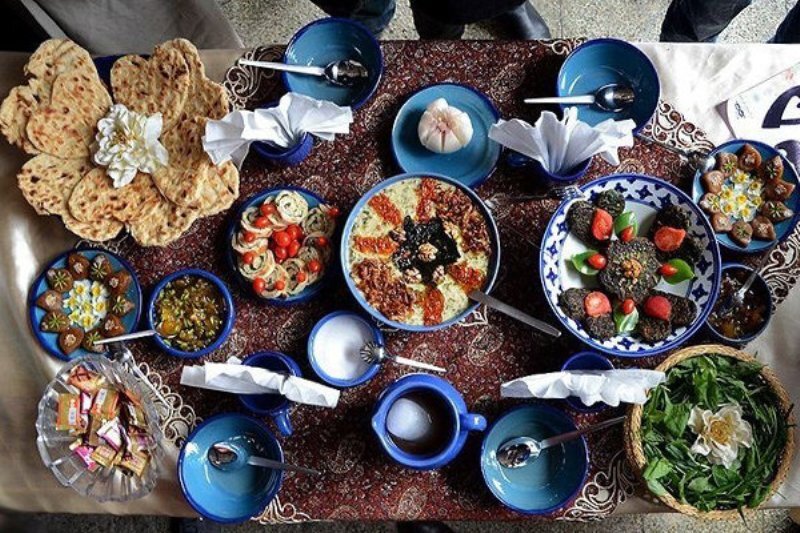National tourism festival to focus on gastronomy, hydro tourism

TEHRAN – Gastronomy and water tourism will be a focus of the third edition of the national tourism festival, which will be held in West Azarbaijan province in the near future, the provincial tourism chief has said.
Special programs have been planned for this edition of the festival to promote food and water tourism in the province, CHTN quoted Jalil Jabari as saying on Wednesday.
The festival contributes significantly to the development and introduction of tourism capabilities of the province at the national level, the official added.
Iran is the paradise of foodies. Every province and even every city of Iran has its specific delectable dishes. So, one can enjoy a wide range of foods here in Iran and Kermanshah is one of the most popular places among foodies.
The cornerstone of every Persian meal is rice or Polo. Persian cuisine is, above all, about balance — of tastes and flavors, textures and temperatures. In every meal, even on every plate, you’ll find both sweet and sour, soft and crunchy, cooked and raw, hot and cold.
No Persian meal is complete without an abundance of herbs. Every table is set with sabzi-khordan, a basket of fresh herbs, radishes, and scallions, which are eaten raw and by the handful, often tucked into a piece of fresh flatbread with a bite of feta, cucumber, or walnuts.
Experts believe that food tourism has become one of the most dynamic and creative segments of tourism and, at the same time, has naturally positioned itself as an element of diversification of tourism with a high impact on the promotion of sustainable development at the regional and local levels.
In 2020, Iran joined an online campaign launched by the UNWTO to promote gastronomy as an essential part of tourism. Iranian cuisine, usually dominated by fragrant herbs, varies from region to region. It principally accentuates freshness, deliciousness, and colorfulness.
Despite its arid climate, Iran’s tourism sector has tried to boost hydro tourism or water tourism in recent years.
This branch of tourism involves traveling to places specifically to take part in water-based activities. Some individuals who do not wish to partake in water-related activities embark on water tourism trips so that they can visit tourist sites that sit close to bodies of water such as lakes, rivers, dams, oceans, etc.
While water tourism often includes active chases, some water tourists visit islands and shore regions to join more relaxed pursuits such as diving or swimming. Travel businesses organize tours of coral reefs and arrange for local tour guides to preside over excursions on which travelers can swim with local marine life such as dolphins or even sharks. Some tour operators also cater to families who are primarily focused on swimming and tanning rather than interacting with aquatic life.
Water trips occasionally involve inland destinations, such as lakes and rivers. Holidaymakers can sail or swim on lakes while many rivers are ideally suited to whitewater rafting. Additionally, some leisure businesses operate water parks that contain swimming pools, water slides, and areas for kayaking or canoeing.
West Azarbaijan embraces a variety of lush natural sceneries, cultural heritage sites, and museums including the UNESCO sites of Takht-e Soleyman and Qareh Klise (St. Thaddeus Monastery), Teppe Hasanlu and the ruined Bastam Citadel.
The region was home to several ancient civilizations. According to Britannica, it was conquered by Alexander the Great in the 4th century BC and was named Atropatene after one of Alexander’s generals, Atropates, who established a small kingdom there. Ultimately, the area returned to Persian (Iranian) rule under the Sasanians in the 3rd century CE.
ABU/MG
Leave a Comment